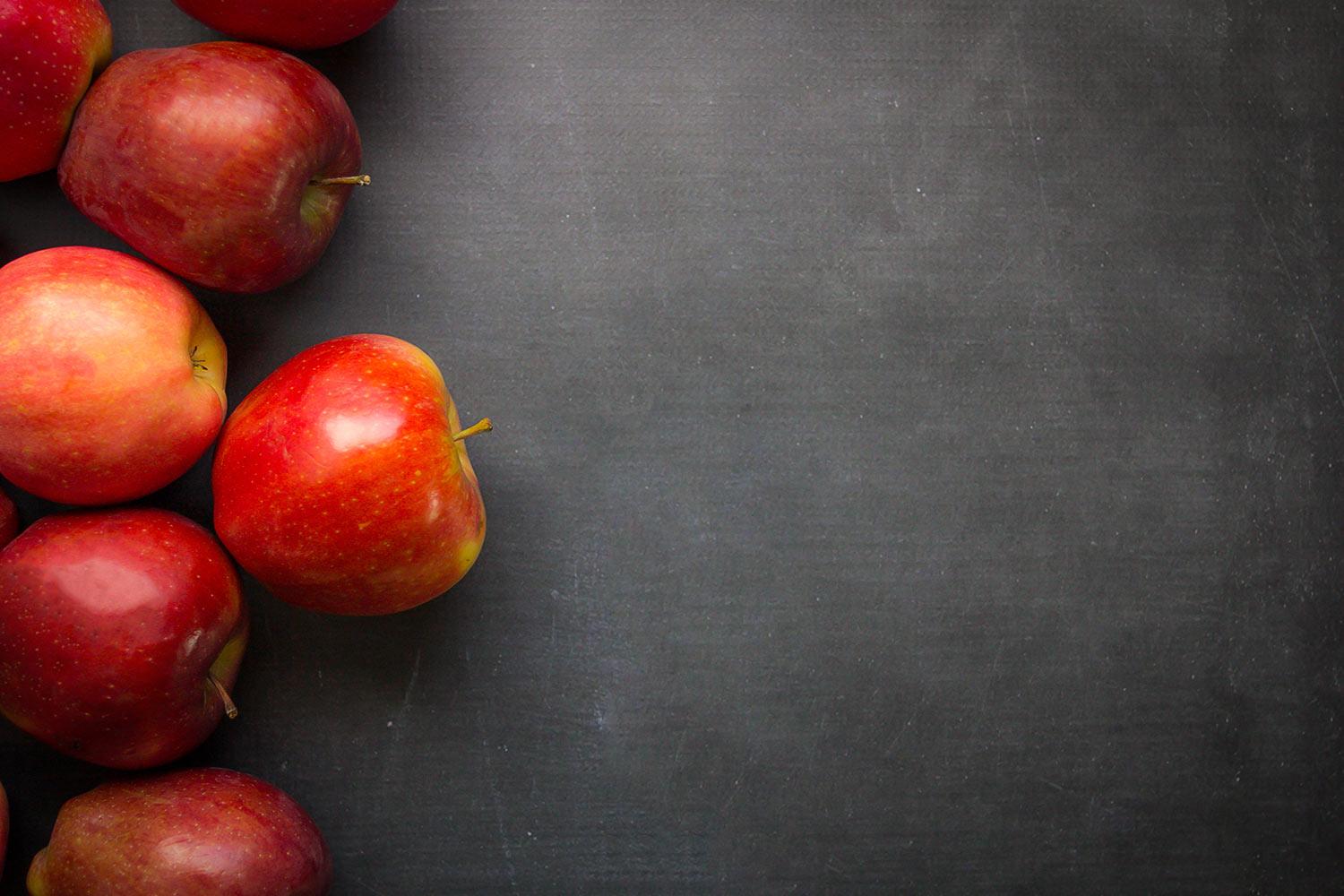
Tier One Tuesday
November 2nd, 2021
Happy Tuesday!
This newsletter will cover:
- November's Theme: Gratitude
- Tier I: Turn and Talk
- Tier II: Responding to Blurting Out
- Book a Lesson: My Mouth is a Volcano Lesson (3rd-5th)
- Spirit Week Coming!
- Teaching Quote
November is Gratitude Month!
Gratitude Notes
Click here for a printable copy!
Gratitude Scavenger Hunt
Click here for a printable copy!
Gratitude Conversation Starters
Click here for a printable copy!
Tier 1: Turn & Talk
Prompts can have a variety of purposes, including the following:
• Applying content to students’ lives, creating meaningful connections
• Practicing a discrete skill, such as explaining text evidence to support an argument
• Brainstorming to access background knowledge
• Answering a question related to key content
The turn-and-talk routine can be used across all content areas and at any grade level.
The Importance of Modeling
Responding to Blurting Out
Tracking Behavior: Goal Setting: Replacement Behavior
- Blurt Alert Cards! Give the student the goal Blurt Alert Cards that have been determined for them. When a student blurts, take a Blurt Alert Card quietly from the student. If they have Blurt Alert cards left at the end of the day, they get the prize.
- Koosh Balls. To keep students from blurting out in class make them raise their hands and you'll throw them a Koosh ball during the question. To keep this "Covid friendly" you can use a Koosh ball as the imagery, then throw them an "invisible ball" they can catch. After they answer it they can toss it back to you, even if it is imaginary. This is a fun way to offer a replacement behavior and serve as a concrete visual for talking.
- Self-monitoring form. If blurting is more frequent with one student, consider a self-monitoring form. Have the student track their own data, review it and then set a goal together. Support and a reward system can be added to this as well!
Remember to use and practice Tier 1 strategies first, then support with Tier II strategies. Please contact Heather McD to schedule a time to talk more about different blurting supports.
Book a Lesson: My Mouth is a Volcano (3rd-5th)
Is there interrupting going on in your class? Ms.McD can help! Your students will learn about the importance of listening and following expectations for sharing their thoughts in class. Click here to book a 30 minute slot for a lesson!
I have lessons on other topics as well! Let me know which area you would like me to focus and I will find a lesson for your class! Looking forward to seeing you soon!







